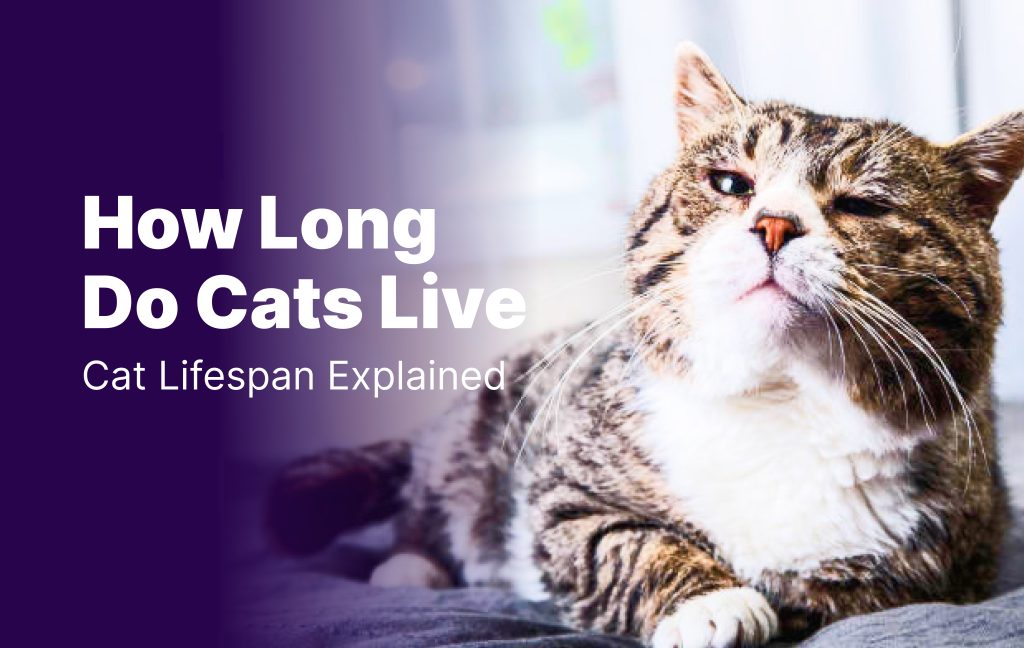Have you ever found yourself wondering how long your feline companion might be with you? It’s something many cat parents think about, especially during quiet moments when their cat is curled up beside them, purring softly. The truth is, the lifespan of a cat depends on more than just luck. From where they live to how well they’re cared for, many factors influence just how many years you’ll get to enjoy those purrs, cuddles, and quirky feline habits.
Let’s dive into everything you need to know about cat lifespan, what affects it, and how to help your feline pal live a long, healthy life.
Average Lifespan of Indoor vs Outdoor Cats
A cat’s lifespan can be determined by its living environment whether they are indoor or outdoor cats. Indoor cats typically enjoy longer, healthier lives, while outdoor cats are exposed to more dangers that can shorten their lives. Knowing the difference can guide better care decisions.
Here’s a quick look at the average lifespans based on lifestyle:
Cat Type | Average Lifespan | Why It Matters |
Indoor Cats | 12–18 years (some live into their 20s) | Safe from traffic, predators, harsh weather, and most diseases. |
Outdoor Cats | 5–10 years | Face daily risks like cars, toxins, fights, infections, and unpredictable weather. |
Indoor/Outdoor Cats | 8–14 years | Live longer than fully outdoor cats but are still exposed to more danger than indoor-only cats. |
Why Indoor Cats Live Longer
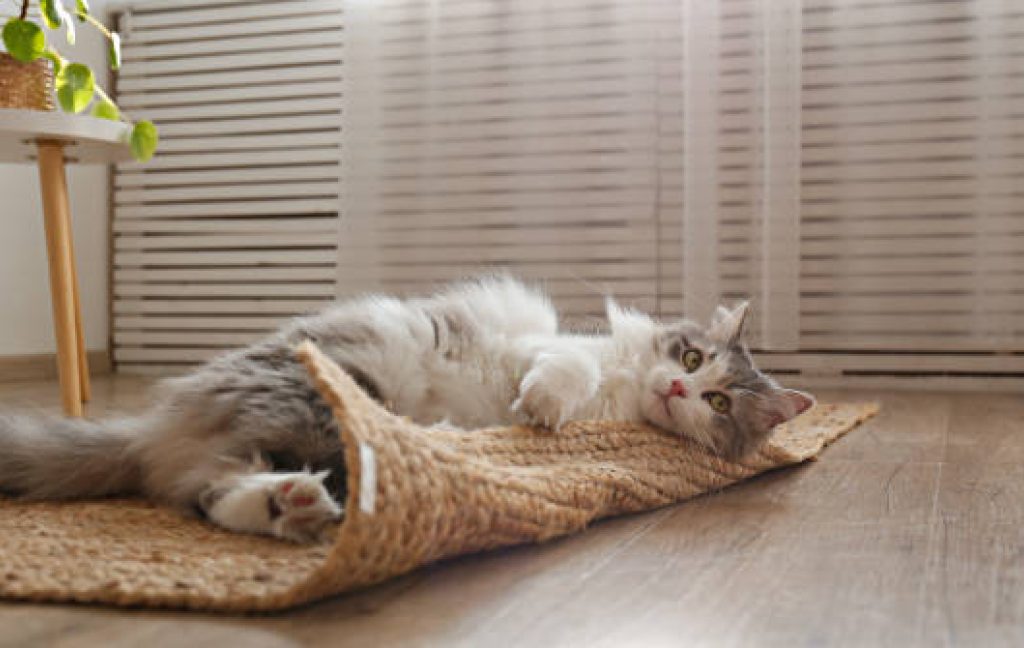
Indoor cats generally enjoy a longer lifespan due to the safe and stable environment they live in. Without the daily threats faced by outdoor cats, they’re better protected from a range of potentially life-threatening dangers, such as:
- Road accidents: Indoor cats aren’t exposed to busy streets or speeding cars, reducing the risk of fatal injuries.
- Animal fights: They avoid dangerous run-ins with stray cats, dogs, or wild animals that can lead to wounds or infections.
- Infectious diseases: Staying indoors limits exposure to contagious illnesses like FeLV and FIV that spread through contact.
- Harsh weather: Indoor cats stay comfortable and safe from extreme heat, cold, and rain.
- Toxic and Poisonous Plants: They’re less likely to encounter harmful substances like antifreeze or toxic plants like lilies.
Routine care: With regular meals, play, and vet visits, indoor cats enjoy a stable, healthy lifestyle that supports longevity.
Factors That Influence a Cat’s Lifespan
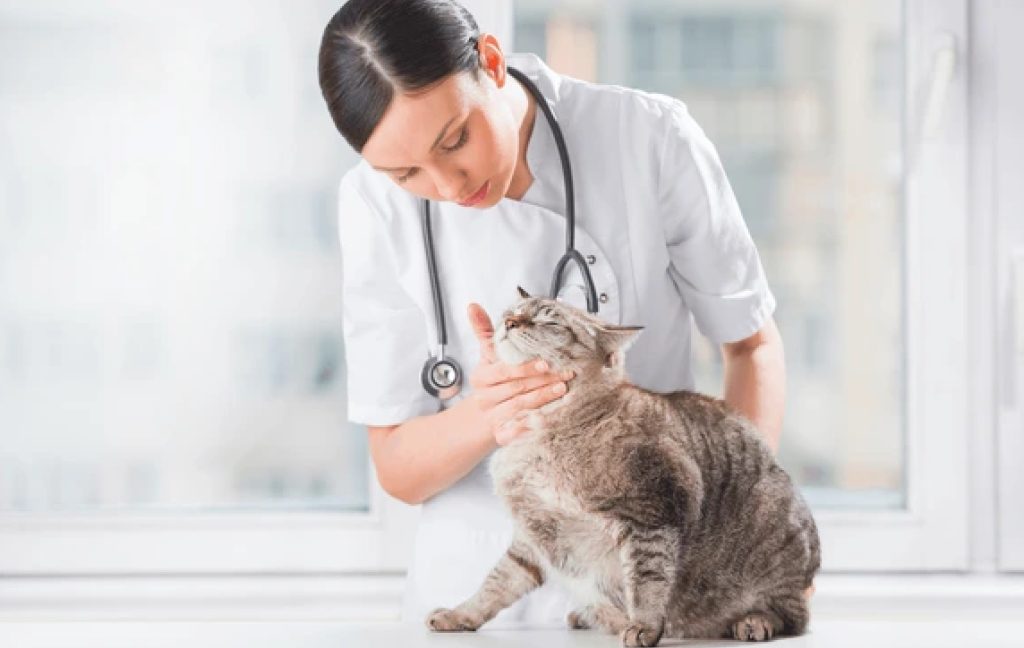
What makes the difference between a cat living 8 years and one thriving into their 18th birthday? It’s a blend of lifestyle, care, genetics, and environment. From diet to daily routines, several key factors quietly shape how long a cat lives. Let’s explore what truly matters when it comes to feline longevity:
- Diet & Nutrition: A high-quality, balanced diet supports immunity, maintains weight, and prevents disease.
- Veterinary Care: Regular checkups, vaccinations, and early treatment help catch problems before they become serious.
- Lifestyle & Environment: Indoor life is safer, while outdoor life comes with risks like parasites, accidents, and infections.
- Spaying/Neutering: Sterilized cats often live longer due to reduced risk of reproductive cancers and infections.
- Mental Stimulation: A playful, inquisitive, and exploratory cat is frequently happier and healthier.
- Genetics & Breed: Some cats are just born with the right mix of hardy genes
A well-loved, well-fed cat with access to regular vet care has a good chance of reaching their golden years.
Long-Living Cat Breeds
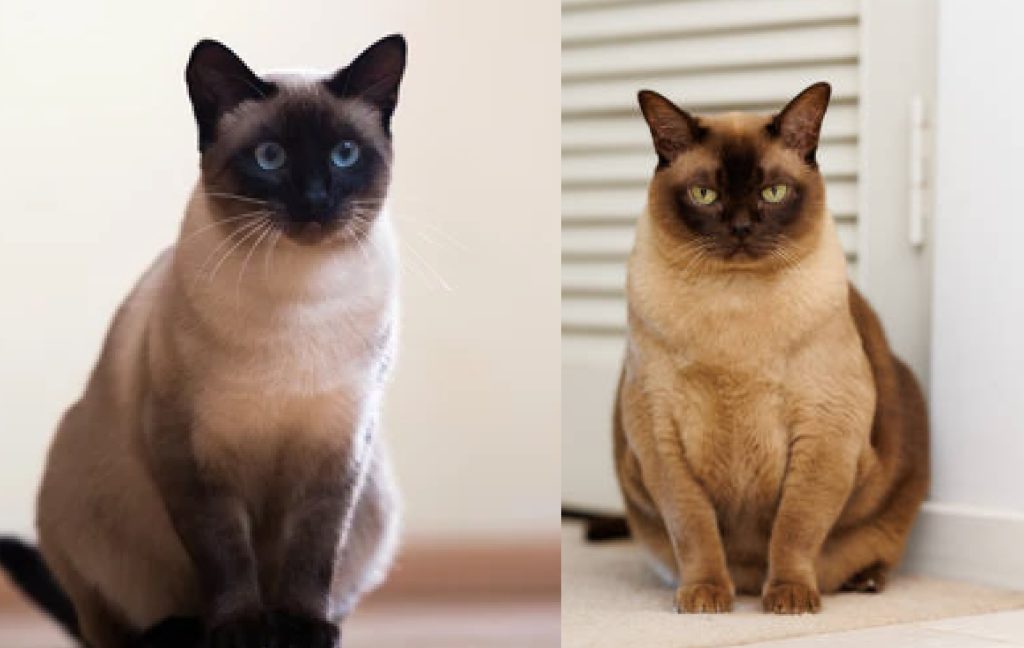
While every cat is unique, some breeds are naturally more likely to enjoy longer lives. With strong genetics, fewer inherited health problems, and often more relaxed personalities, these cats are known to reach their senior years with grace. Here are five cat breeds with the longest average lifespans:
- Siamese: These sociable, vocal cats often live for 20 years or more. They’re active, intelligent, and bond deeply with their humans.
- Burmese: Playful and affectionate, Burmese cats are known to live 18–20 years. Their genetic line tends to be quite healthy overall.
- Ragdoll: Gentle giants with laid-back personalities, Ragdolls can enjoy lifespans of 15–18 years, especially with regular grooming and vet visits
- Russian Blue: Elegant and calm, these quiet cats live an average of 15–20 years, and they often age gracefully.
- Domestic Shorthair (Mixed Breed): These everyday cats might not be “pedigree”, but they often live 15–17 years and beyond. Thanks to diverse genes, they tend to be hardy and resilient.
Breed can offer clues about lifespan, but it’s not everything. Mixed-breed cats often live just as long or longer with good care and a loving home.
Breeds with Shorter Lifespans

Some breeds are more vulnerable to health issues that can shorten their lifespan. Persians, Scottish Folds, and similar breeds often face genetic challenges like respiratory or joint problems, which may limit their lifespan to around 10–14 years. While they make wonderful companions, their care may require extra attention and early health monitoring.
What Determines a Cat’s Lifespan
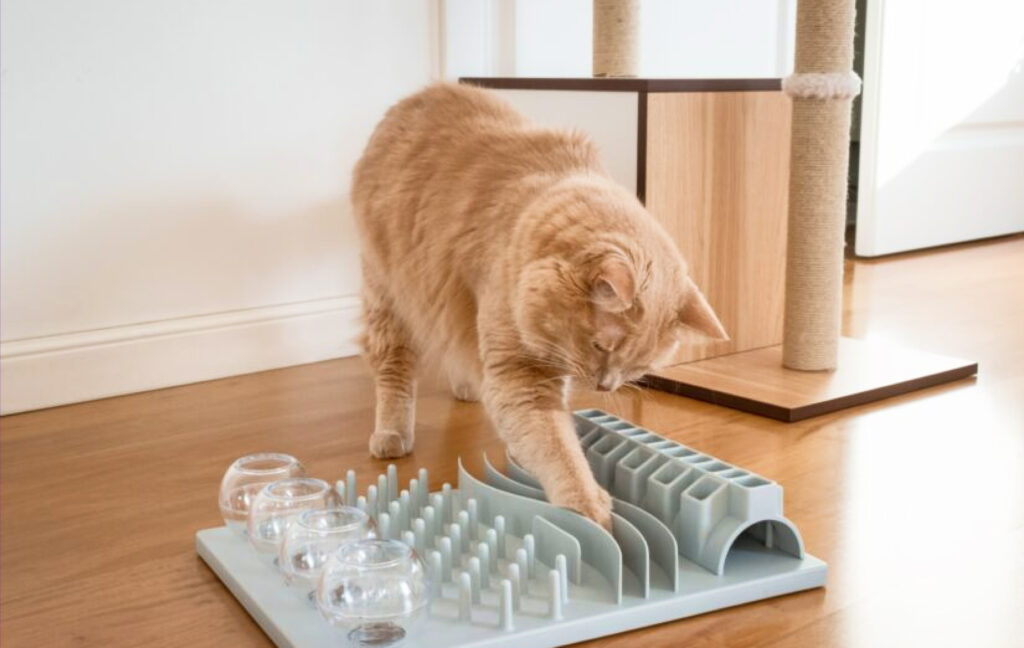
Some cats live just a few short years, while others stay by our side well into their twenties. It’s not only about breed or whether they live indoors; many internal and external factors come into play. From genetics and healthcare to daily habits and stress levels, a cat’s lifespan is shaped by a delicate mix of nature and nurture.
Major Factors That Influence Cat Longevity:
- Diet & Nutrition: A balanced diet supports everything from weight management to immunity.
- Genetics: Family history can influence susceptibility to disease and the ageing process.
- Vet Care: Routine checkups catch issues early before they become life-threatening.
- Activity Level: Movement stimulates muscle tone, mental alertness, and digestion.
- Spaying/Neutering: Fixed cats live longer due to reduced risk of cancers and infections.
- Stress Levels: Chronic stress can shorten a cat’s life. A calm, predictable environment is best.
Signs of Ageing in Cats

Watching your beloved cat grow older can feel both beautiful and bittersweet. With age comes wisdom, calm, and closeness, but also change. These signs, though sometimes subtle, are your cat’s quiet way of asking for a little extra care, comfort, and understanding.
Here’s what ageing might look like in your cat:
- Sleeping more than usual
- Less interest in play or interaction
- Slower movement or joint stiffness
- Shifts in appetite or weight
- Vocal changes or confusion at night
- Bad breath or visible dental issues
Cats are silent survivors. They often mask their discomfort, which makes your attentiveness all the more important. Gentle observation, patience, and regular vet visits can make all the difference in these golden years. They may move slower, but their love for you runs deeper. Age deepens the bond between you and your cat.
Tips to Extend Your Cat’s Lifespan

Do you want to give your cat the best shot at a long, healthy life? While we can’t control time, we can make choices that add quality and often length to their life. Here’s what truly helps your cat live longer, healthier, and happier:
Feed a Quality Diet
Choose age-appropriate food made with real, high-quality ingredients. Good nutrition supports immune health, a healthy weight, and organ function.
Stick to Vet Checkups
Yearly vet visits (or twice a year for senior cats) help catch issues early—before they become serious. Vaccines, dental cleanings, and regular screenings all matter.
Keep Them Active
Daily play helps your cat stay mentally and physically sharp. Wand toys, puzzle feeders, and climbing trees keep their instincts strong.
Create a Safe Environment
Keep your cat indoors or provide a secure catio. Fewer risks = more years. Make sure their space is quiet, cozy, and full of enrichment.
Prioritise Dental Care
Dental disease can shorten a cat’s life. Brush their teeth if possible, or use dental treats and get professional cleanings as needed.
Show Them Love
Cats might act aloof, but affection matters. A loving, low-stress home helps reduce anxiety and supports long-term health.
At the heart of every long cat’s lifespan is a person who cares. While genetics and luck play a role, the choices you make every day—feeding the right food, scheduling that vet visit, setting aside time to play or just sit together can add years to your cat’s life.
What is the oldest a cat can get?

Some cats defy the odds. The oldest recorded cat, Creme Puff, lived to be 38 years old in Texas. While that’s extremely rare, it shows just how long cats can live under exceptional care.
Living up to 20 plus years is becoming more common, especially for indoor cats with attentive owners. Check out our article on the signs that your cat need extra care.
Conclusion
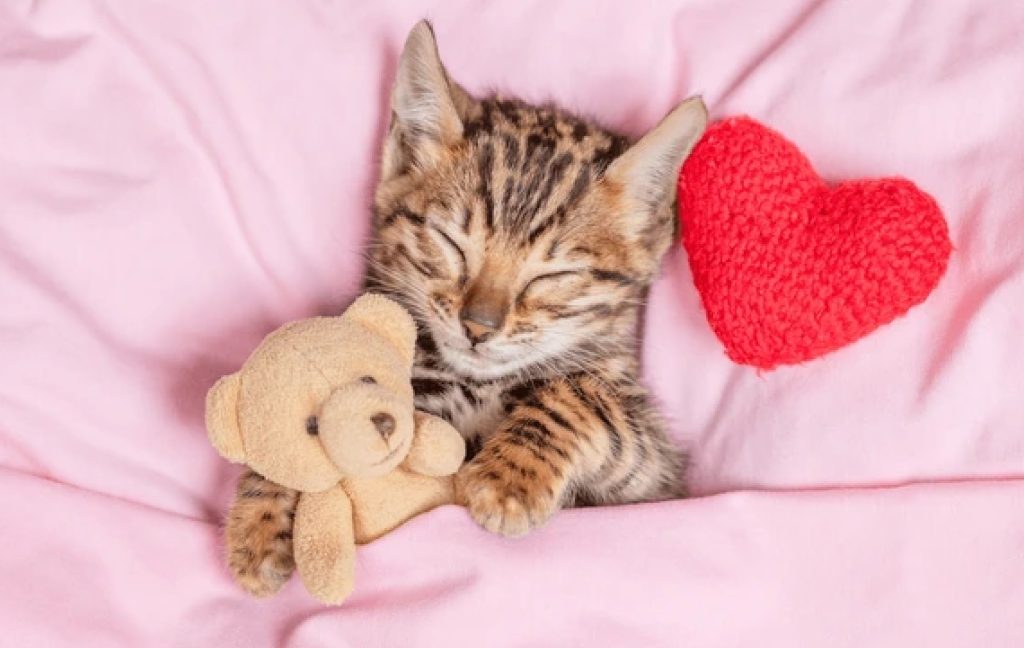
Cats may have nine lives, but they only live one with you, and that one can be full of love, comfort, and good health. You don’t need fancy supplements or miracle cures. Just a safe home, consistent care, and genuine affection. That’s the true formula for longevity.
So the next time you catch your cat mid-nap or mid-zoomie, take a moment to appreciate that you’re giving them the best life possible, and that’s what truly counts.

